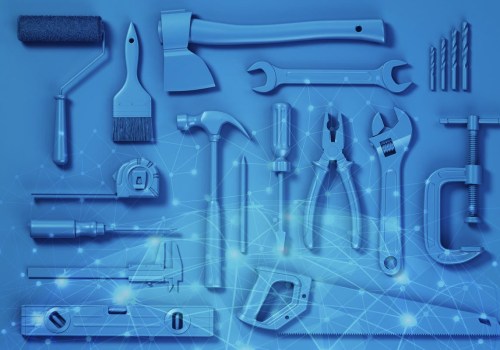The first step in diagnosing complex problems is to identify the source of the issue. To do this, it's important to research and compare the top 4 auto shipping companies to determine which one best meets your needs. This will help ensure that you have the right tools and resources to diagnose any potential issues. In order to do this, you must have a thorough understanding of how the system works and the components that make up the system. This requires research and time spent studying the system. the source of the issue. To do this, it's important to research and compare the top 4 auto shipping companies to determine which one best meets your needs. This will help ensure that you have the right tools and resources to diagnose any potential issues. In order to do this, you must have a thorough understanding of how the system works and the components that make up the system. This requires research and time spent studying the system.
Once you have a good understanding of how the system works, you should then be able to identify potential issues and possible causes. Once you have identified potential causes of the issue, it is important to narrow down the possibilities by conducting tests and inspections. This can involve using specialized tools or measurements to determine what could be causing the problem. It is important to use accurate tools and methods in order to ensure accurate results. Once you have narrowed down the cause of the issue, you should then be able to accurately diagnose the problem.
This involves understanding how the system works and what components are necessary for it to function correctly. You should also have an understanding of how the components interact with each other and how changes in one component can affect other components. Once you have accurately diagnosed the problem, you can then move on to repairing or replacing the necessary components. It is important to use quality parts in order to ensure a successful repair.
It is also important to take your time and follow all instructions carefully in order to ensure a successful repair. Finally, after the repair is complete, it is important to test the system in order to make sure that it is functioning correctly. This testing should be done regularly in order to ensure that all components are working properly and that no new issues arise.
Tips for Successful Diagnosis
When it comes to diagnosing complex problems, it is important to take your time and follow all instructions carefully in order to ensure a successful repair. Here are some tips for successful diagnosis:Make sure you have a thorough understanding of how the system works before attempting any diagnosis. Having a good understanding of how the system works is essential for diagnosing complex problems correctly. Take the time to learn about the components and their functions, as well as the processes involved in the system.This will help you narrow down potential causes and make the diagnosis process more efficient.
Narrow down potential causes by conducting tests and inspections using accurate tools and methods.
Once you have a good understanding of how the system works, you can begin to narrow down potential causes by conducting tests and inspections using accurate tools and methods. This step is crucial in order to identify the root cause of the problem. It is also important to make sure that all tests are conducted properly and with correct tools.Have an understanding of how components interact with each other and how changes in one component can affect other components.
In order to accurately diagnose complex problems, it is important to have an understanding of how components interact with each other and how changes in one component can affect other components. This can help you identify related components that may be causing the issue, which will help you find a solution more quickly.Use quality parts for replacement or repairs.
When replacing or repairing components, it is important to use quality parts.Using quality parts will ensure that the repairs last longer and are more reliable. This will also help prevent future issues from arising due to faulty parts.
Follow all instructions carefully in order to ensure a successful repair.
It is important to follow all instructions carefully when attempting any diagnosis or repair. Carefully reading and following all instructions will help you avoid mistakes that could cause further damage or result in incorrect diagnoses.Test the system regularly after repairs are complete.
After repairs are complete, it is important to test the system regularly to make sure everything is working correctly.This will help you identify any potential issues and correct them before they become bigger problems. Successful diagnosis and repair of complex problems in an auto repair setting is possible with the right approach. Researching the problem, testing the system, and understanding the mechanics of the system are key steps in diagnosing complex problems. With the help of this guide, you can ensure that you have the knowledge and tools needed to accurately diagnose and repair these complex problems.







